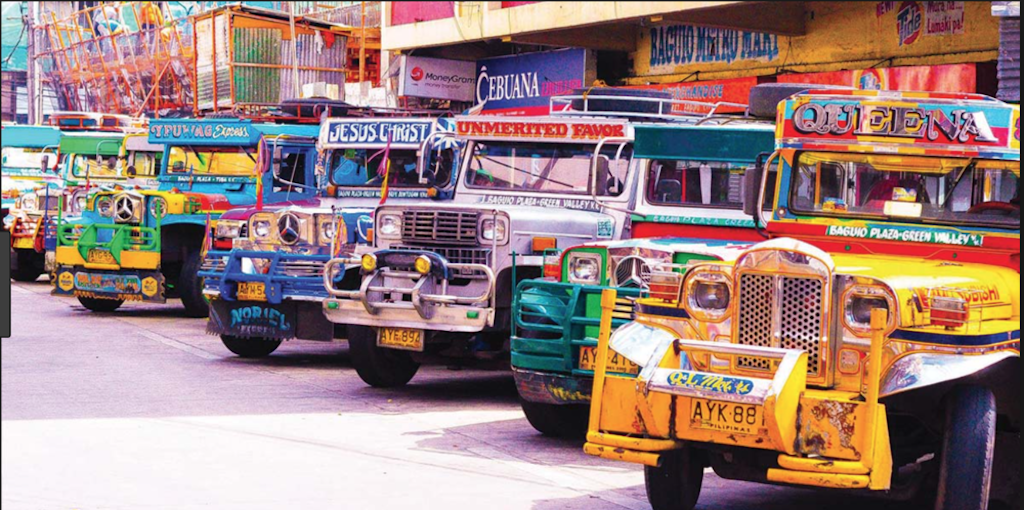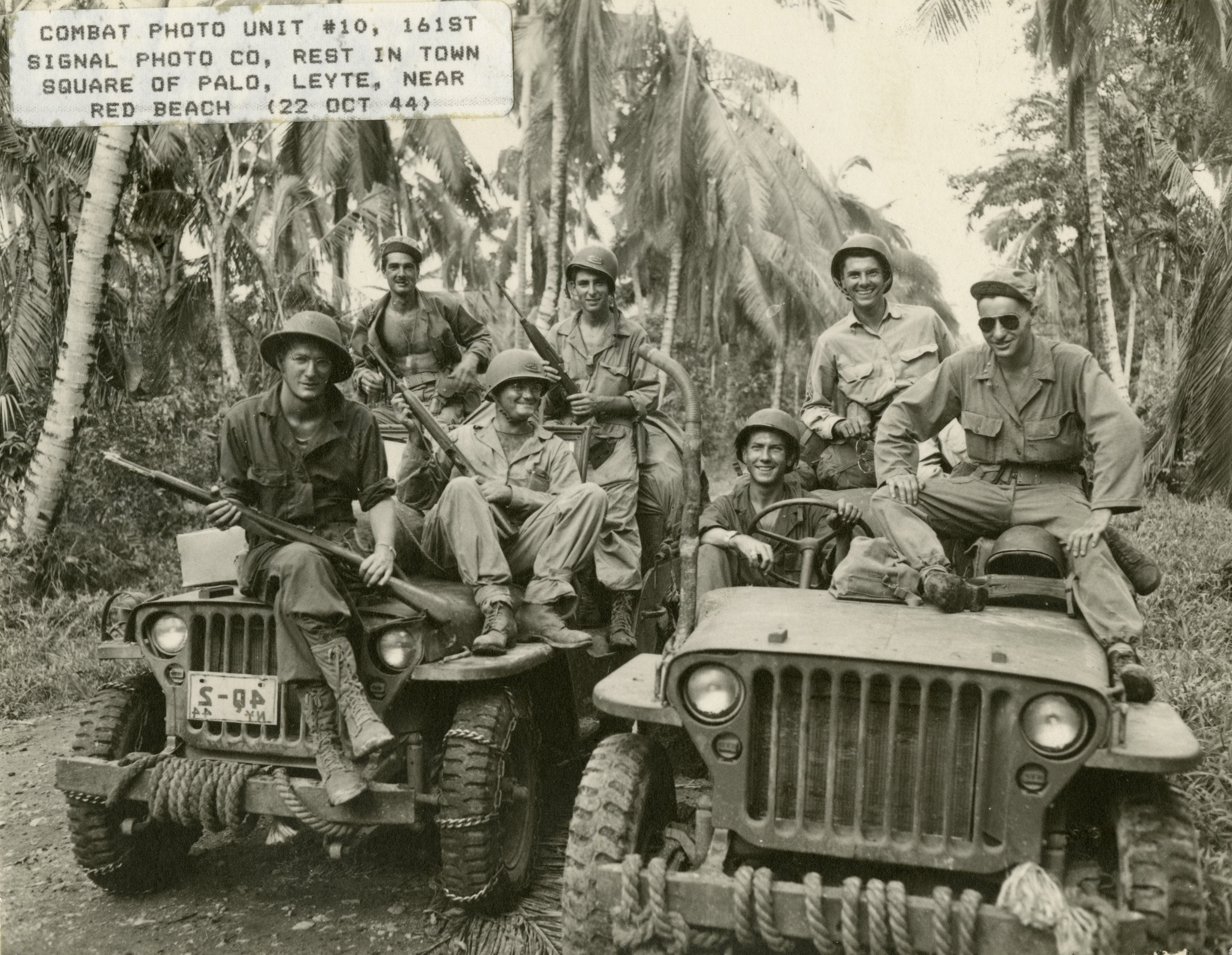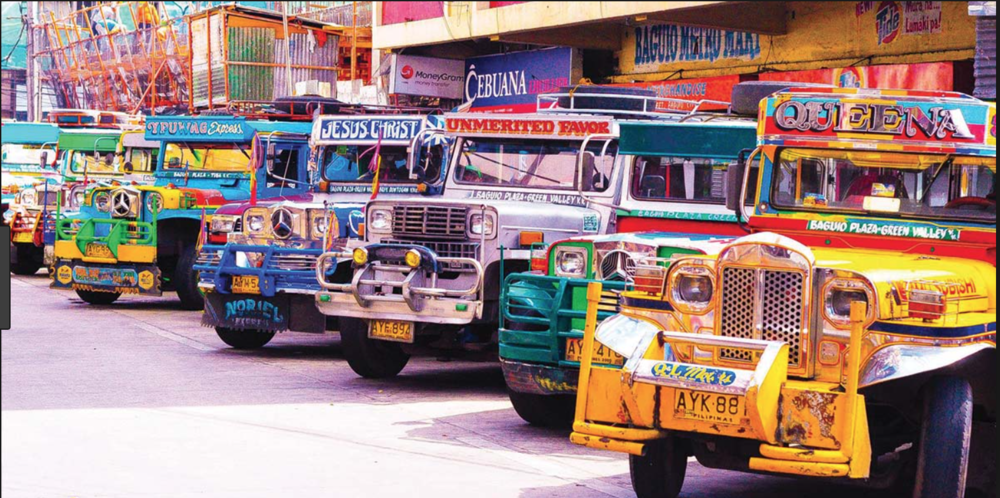

The U.S. Army Truck, 1/4-ton, 4×4, Command Reconnaissance, better known as the jeep, was the primary light wheeled transport vehicle of the U.S. military during WWII. President Eisenhower called it, “one of the three decisive weapons the U.S. had during WWII.” By the end of the war, nearly 650,000 Jeeps had been produced. They saw use across the globe from Africa, to Europe and Asia. After the war, many jeeps were sold to or given to locals, or simply left behind rather than having to be transported back to the states. In the Philippines, hundreds of jeeps made their way into the hands of locals.

Reportedly, the Philippines saw a huge black market for surplus jeeps after WWII. Regardless of how they were left behind, the local Filipinos saw the jeep as a rugged, dependable and adaptable vehicle. These qualities made it perfect for the post-war Filipinos who were still recovering from years of Japanese occupation. Many Filipinos lost their mode of transportation, be it car, horse or bicycle, during the war.
The Filipinos stripped the military jeeps down and rebuilt them to suit their needs. The soft-top utilitarian trucks were given metal roofs for shade from the tropical sun, painted with vibrant colors, and adorned with chrome-plated ornaments. The decoration of the jeeps helped to return some element of beauty to the country’s capital, Manila. Known as the Pearl of the Orient, the city saw heavy fighting and suffered a great deal of damage during WWII.
The backs of the jeeps were also altered. The two side-by-side rear seats were replaced with parallel benches in order to accommodate more passengers. Over time, the vehicles were lengthened and given a longer wheelbase to increase their passenger capacity. The stretched jeeps became a popular form of public transportation and started to operate on regular routes like buses. Operating like jitneys, the jeeps became known as jeepneys.

Through the second half of the 20th century, the jeepney became a cultural icon of the Philippines. It was used by school children and adults alike and served as a major form of public transportation across the country, and especially in Manila. Fares were posted on the jeepney itself and people could hop on and off at their leisure. Passengers hanging on to the back or riding on top of a full jeepney was a common sight. Jeepneys are also heavily decorated and even themed by their drivers.
The heavy use of and increased demand for the jeepney quickly stretched the supply of WWII-surplus jeeps. Modern jeepneys are produced and maintained with imported parts, generally from Japan or South Korea. However, the stretched jeep appearance is maintained from the original jeepneys.
Seeing the widespread use of the jeepneys, the Philippine government began to regulate them. Drivers must now obtain a special jeepney license, routes are prescribed, and fares are fixed. However, private jeepneys still operate outside of this governmental oversight.

Though indigenous to the Philippines, the jeepney has been exported. Nearby Papua New Guinea determined that importing new buses and vans for their public transportation would be too expensive. The cheap and reliable jeepneys were suggested as a more affordable alternative to conventional vehicles. In 2004, 4,000 jeepneys were exported from the Philippines to Papua New Guinea.
Today, there are many threats that could lead to the removal of the old jeepneys. Increased restrictions and regulations on emissions have led to many builders abandoning jeepney production for other products or going bankrupt entirely. Modern mini-buses and ride-sharing services also cut into the traditional jeepney passenger market. Despite these factors, the jeepney continues to drive the roads of the Philippines and carry on the legacy of the WWII jeep.

